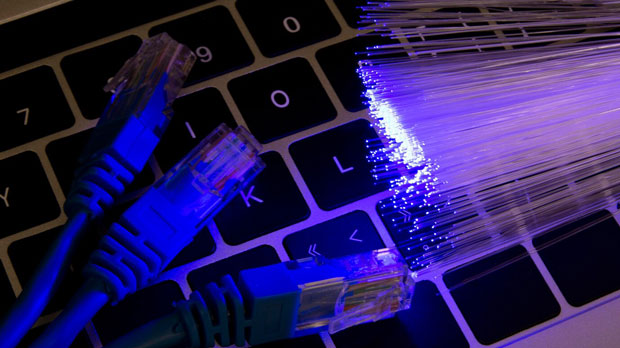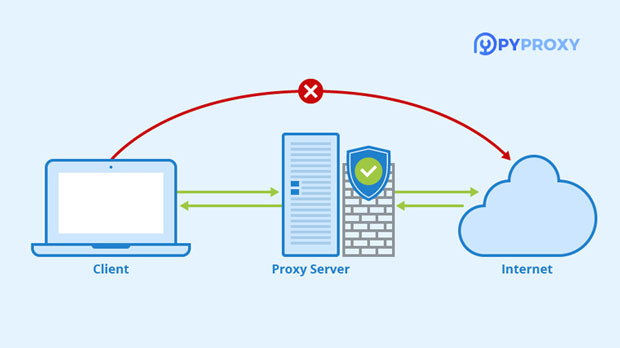socks5 proxy is a type of internet protocol used to route network traffic between clients and servers via an intermediary server. It is an enhanced version of the SOCKS protocol that offers more secure and flexible connections for various types of online activities. When applied to web browsers like Chrome, SOCKS5 proxy helps improve privacy, bypass geo-restrictions, and offer a more stable and faster internet connection. In this article, we will explore what SOCKS5 is, how it works, and why it can be beneficial when used in Chrome. Understanding SOCKS5 Proxy: Definition and Key FeaturesSOCKS5 stands for "Socket Secure 5," the fifth and latest version of the SOCKS protocol. SOCKS is a versatile network protocol designed to route network traffic between client devices (like a computer or smartphone) and a target server, while masking the client's IP address. SOCKS5, being the most advanced iteration, offers several features that distinguish it from previous versions:1. Authentication Support: Unlike its predecessors, SOCKS5 allows for user authentication, meaning only authorized users can access the proxy service.2. IPv6 Compatibility: SOCKS5 can handle both IPv4 and IPv6 addresses, offering support for the latest internet protocols.3. Flexible Protocol Handling: It supports various types of internet traffic, such as HTTP, FTP, and even peer-to-peer file sharing, making it suitable for different online activities.4. Enhanced Privacy and Security: SOCKS5 proxy ensures that user traffic is routed securely without modifications to the original data packets, which helps maintain privacy.How Does SOCKS5 Work?SOCKS5 functions by acting as an intermediary server between the client and the target server. Here's a simplified breakdown of how it operates:1. Connection Initiation: The client (usually a browser or application) establishes a connection with the socks5 proxy server, typically using a designated port number.2. Authentication (Optional): If the SOCKS5 proxy requires authentication, the client must provide valid credentials (username and password).3. Traffic Forwarding: After successful authentication, all internet traffic from the client is forwarded through the SOCKS5 proxy server. The proxy server then relays the data to the destination server, and vice versa.4. Response Handling: The response from the destination server is sent back to the SOCKS5 proxy, which then forwards it to the client. Throughout this process, the client’s real IP address remains hidden.This intermediary process offers several advantages in terms of anonymity, security, and network flexibility.Benefits of Using SOCKS5 Proxy in ChromeUsing SOCKS5 proxy in Chrome can bring numerous benefits to users, especially in terms of enhanced privacy, security, and internet freedom. Below are the key reasons why users should consider setting up SOCKS5 proxy in Chrome:1. Improved Privacy and AnonymityOne of the primary reasons people use proxies is to hide their real IP address. By routing your internet traffic through a SOCKS5 proxy server, your online actions are not directly tied to your real location or device. For Chrome users, this means greater privacy when browsing, particularly on websites that track user behavior or attempt to gather personal data.Additionally, SOCKS5 helps conceal your geographic location, making it more difficult for websites to identify your country or city. This can be especially beneficial when accessing websites that offer location-based content or services.2. Bypass Geo-RestrictionsMany websites and services implement geographical restrictions, blocking users from certain countries or regions. For example, some streaming services may only allow access to specific content depending on your location. Using a SOCKS5 proxy allows you to bypass these geo-restrictions by making it appear as though you are accessing the site from a different location.For Chrome users, this means the ability to access region-restricted content or websites from anywhere in the world. Whether you are trying to view content from a different country or access a blocked website, a SOCKS5 proxy in Chrome makes it possible.3. Better Performance and SpeedWhile some proxies can slow down your internet speed, SOCKS5 is known for its ability to route traffic efficiently. Since it doesn't alter the data being transmitted, it typically introduces less latency than other types of proxies, such as HTTP proxies. This results in a faster and smoother browsing experience.Moreover, SOCKS5 is capable of handling a wide variety of traffic types, including video streaming, online gaming, and file downloads, making it a versatile solution for high-bandwidth activities in Chrome.4. Secure and Uninterrupted Connections socks5 proxies do not modify or filter your traffic, which means you can enjoy a more secure and uninterrupted connection. This is particularly important for users concerned about data integrity and security. Unlike HTTP proxies, which often perform additional processing on traffic, SOCKS5 ensures that data packets remain unaltered, reducing the risk of data corruption or interception.For Chrome users, this ensures that web traffic remains secure and less vulnerable to cyber threats such as hacking or surveillance.How to Set Up SOCKS5 Proxy in ChromeSetting up SOCKS5 proxy in Chrome is relatively simple. Here's a step-by-step guide to configuring it:1. Obtain a SOCKS5 Proxy Server: The first step is to obtain the IP address and port number of a SOCKS5 proxy server. These details are usually provided by the service provider or can be configured on your own server if you have one. 2. Open Chrome Settings: Launch Google Chrome and open the browser settings. Click on the three vertical dots in the upper-right corner, and select "Settings."3. Access the Proxy Settings: In the "Settings" menu, scroll down and click on “Advanced” to reveal more options. Under the "System" section, click "Open your computer’s proxy settings."4. Configure SOCKS5 Proxy: In the "Internet Properties" window that appears, go to the "Connections" tab, then click on "LAN settings." From here, you can enable the proxy server and input the SOCKS5 server details, including the IP address and port number.5. Save Settings: Once the proxy server information is entered, save the changes. Your internet traffic will now be routed through the SOCKS5 proxy.Limitations of SOCKS5 ProxyWhile SOCKS5 proxies offer numerous benefits, they are not without limitations. It is important to be aware of these potential drawbacks before fully relying on them:1. Lack of Encryption: SOCKS5 proxies do not provide encryption, unlike VPNs (Virtual Private Networks). This means that while your IP address is masked, your internet traffic is not necessarily secure from surveillance or hacking. If encryption is important to you, consider using a VPN instead of a SOCKS5 proxy. 2. No Built-In DNS Protection: SOCKS5 proxies do not inherently prevent DNS leaks, which can potentially expose your browsing activities to third parties. DNS leak protection must be configured separately if necessary.3. Compatibility Issues: While SOCKS5 is highly versatile, not all applications or websites are compatible with it. Some sites or services may block proxy traffic, limiting the effectiveness of the SOCKS5 proxy.ConclusionSOCKS5 proxies offer a highly flexible and efficient solution for users looking to enhance their privacy, security, and internet freedom in Chrome. By acting as a middleman between the client and the target server, SOCKS5 helps conceal the user's IP address, bypass geo-restrictions, and improve browsing speed. However, it is crucial to be aware of the limitations of SOCKS5 proxies, such as the lack of encryption and potential DNS leaks. For users who prioritize privacy and security, understanding how to implement SOCKS5 in Chrome can lead to a more secure and customizable internet experience.
Jan 09, 2025
![arrow]()



















































